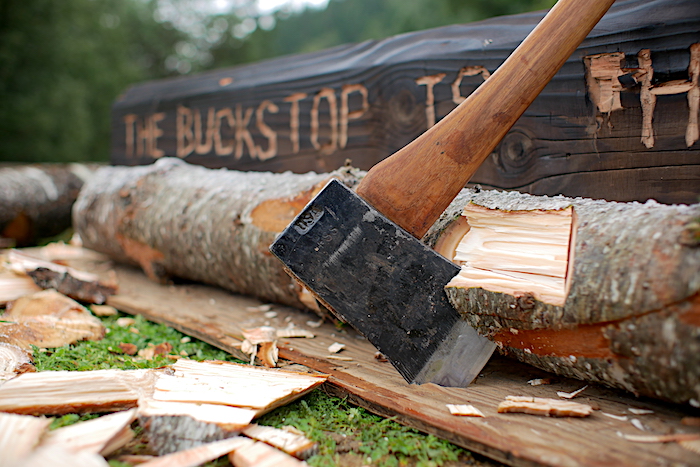Having an interest in natural living, self reliance, survival etc., I have tried to learn what I can about about how native people around the world lived in the old days; uses of plants, technologies and all of that fascinating stuff. In every part of the world, local residents of traditional land based cultures develop technologies and strategies that stem largely from the environment and what there is to work with there. Growing up In California, I’ve learned as much as possible about how people lived here in particular. In the traditional lifeways, eeds and acorns were abundant and travel to resource sites through the seasons was fairly common. This set of circumstances gave birth to a rich culture of basketry and the heavy use of baskets in daily life. Baskets are light and resilient, while stone or clay pots are not. If you want to see the products of an amazing art form, look up California Indian basketry, an old, and still living tradition.
A shout out to any California Native people reading out there. In the cultural wash of Indian stereotypes your rich and fascinating art and culture don’t get enough play. And in particular to the cultural ambassadors like Julia and Lucy Parker, Corine Pierce, Edward Willie, Sage LaPena and many more past and present who represent and share living California Native culture with the world.
Two fascinating practices from this branch of the human family are cooking in water tight baskets with hot rocks, and toasting food in baskets with hot coals. To the uninitiated, these things might sound impossible, but they work. In this simple video, I talk about collecting some native grass seeds, and avoiding Ergot, a poisonous fungus that infests them. Then I demonstrate that coal toasting in a basket works, even though I really don’t know what I’m doing. I just wanted to show proof of concept and how neat and useful oak bark coals are.
This video is an offshoot of my previous one on oak bark as a unique fuel that makes long lasting coals.
Also, check out this wonderful old movie of traditional acorn processing!









